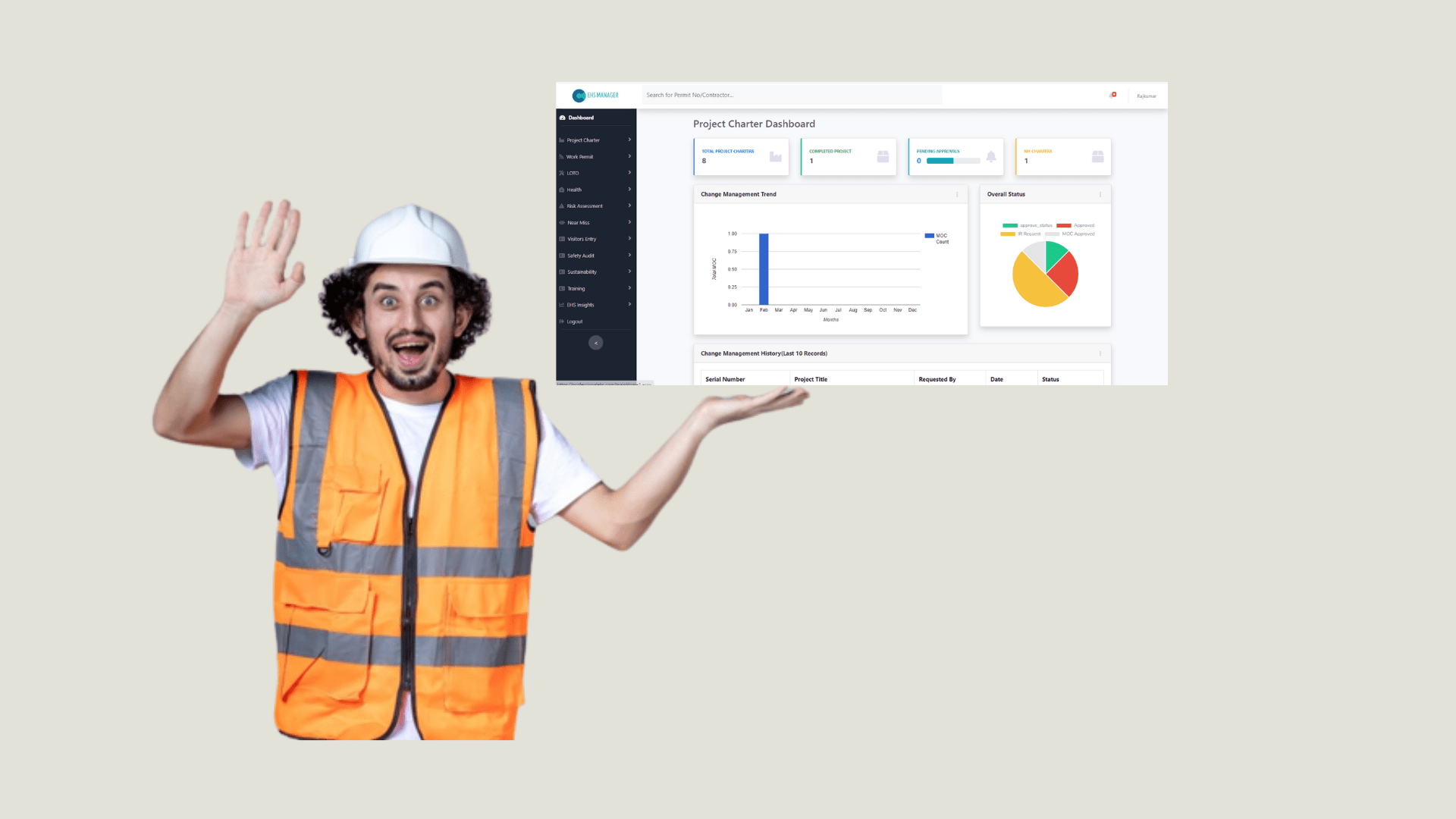Streamline EHS Solutions with Dashboards and Analytics
Making Work Safer and Smoother: A Guide to Streamlining EHS Solutions with Dashboards and Analytics
Introduction:
Creating a safe and healthy work environment is a top priority for every organization. Fortunately, with the help of dashboards and analytics, we can take our EHS (Environment, Health, and Safety) efforts to the next level. In this blog, we’ll explore how these powerful tools can streamline EHS processes, making the workplace safer and operations smoother.
Section 1: Understanding Dashboards and Analytics:
Before we dive into the benefits, let’s understand what dashboards and analytics are. Dashboards are like control centers that display key information in a visually accessible way. Analytics involves analyzing data to gain insights and make informed decisions. When applied to EHS solutions, these tools become invaluable for monitoring and improving safety measures.
Section 2: Real-time Monitoring for Proactive Safety:
Dashboards equipped with real-time data provide a live overview of safety metrics. From tracking incidents to monitoring air quality, these dashboards allow organizations to identify potential issues before they escalate. This proactive approach enhances overall safety and prevents accidents.
Section 3: Enhanced Reporting and Compliance:
Analytics tools help in generating detailed reports on safety performance and compliance. By analyzing historical data, organizations can identify trends, assess risks, and ensure that safety protocols are consistently followed. This not only keeps the workplace secure but also helps in meeting regulatory requirements.
Section 4: Optimizing Emergency Response:
In times of crisis, every second counts. Dashboards can be customized to include emergency response protocols and contact information. This ensures that, in case of an incident, the response team can quickly access critical information, leading to a more efficient and effective emergency response.
Section 5: Employee Engagement and Training:
Dashboards and analytics can also play a role in employee engagement and training. By tracking training completion rates and safety participation, organizations can identify areas that need improvement. This data-driven approach enables targeted training programs, ensuring that employees are well-prepared to handle safety procedures.
Conclusion:
Incorporating dashboards and analytics into EHS Management Software is a smart move toward creating a safer and more efficient workplace. These tools provide a comprehensive view of safety metrics, empower proactive decision-making, and enhance overall safety measures. As technology continues to evolve, leveraging these tools becomes increasingly important in ensuring the well-being of employees and the success of the organization.



